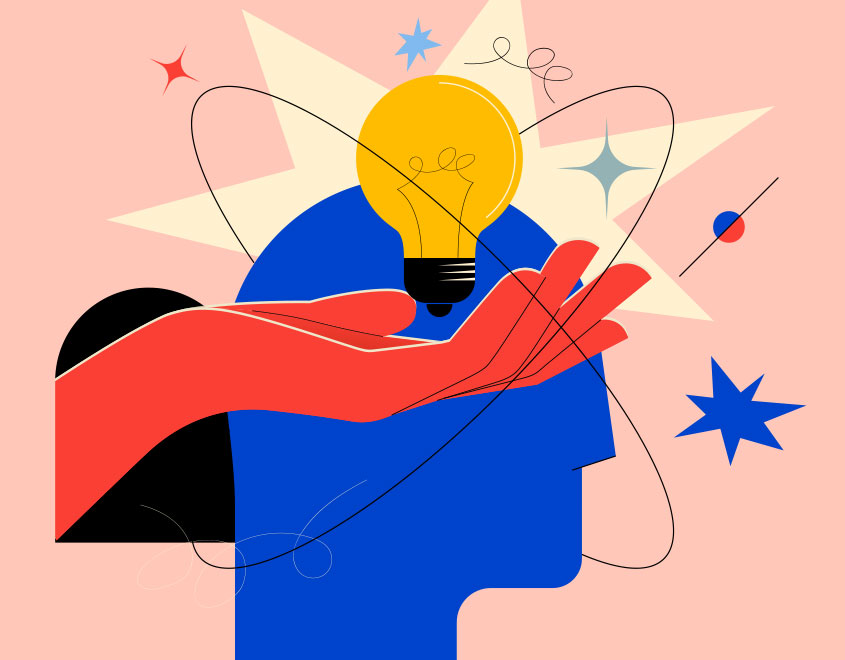Art Education: Nurturing Creativity and Critical Thinking
Art education goes beyond learning how to draw or paint—it nurtures creativity, sharpens critical thinking, and cultivates emotional intelligence. In an increasingly digital world, creativity is a vital skill that contributes to problem-solving, innovation, and personal growth. Art education, whether in schools or community programs, equips individuals with the tools to think differently, question the world around them, and express themselves in innovative ways. It’s not just about mastering artistic techniques but also about developing skills that extend well beyond the canvas.
Cognitive Development
Engaging in art education stimulates various areas of the brain, enhancing cognitive abilities such as memory, attention, and analytical thinking. When students create art, they are forced to make decisions, solve problems, and think abstractly. For example, when drawing a figure or designing a composition, students must consider proportion, perspective, and balance. These activities strengthen their ability to think critically, plan, and organize ideas.
Furthermore, the creative process requires focus and concentration, which can improve attention span and memory. Studies have shown that students involved in arts education perform better academically, as the cognitive skills developed through artistic practice translate into better problem-solving and comprehension in other subjects.
Emotional Intelligence
Art education also plays a key role in developing emotional intelligence. Through art, students learn to express their emotions in healthy ways, build empathy, and reflect on their personal experiences. By analyzing and creating art, students begin to understand the emotions behind various forms of expression—whether that’s the joy in a bright painting or the melancholy in a sculpture.
This process fosters self-awareness and helps students navigate their emotions. It also encourages empathy, as students begin to understand and interpret the emotions and experiences of others through art. By connecting with different art forms, students can develop a deeper understanding of themselves and the world around them.
Cultural Awareness
Art education fosters an appreciation for diverse cultures and perspectives. Exposure to different artistic traditions—from indigenous art to classical European styles—broadens students' understanding of the world and encourages global awareness. Art reflects cultural values, beliefs, and histories, offering students the opportunity to connect with traditions and histories beyond their own.
This exposure helps students develop an appreciation for diversity and instills a sense of respect for different cultures. Art education encourages dialogue about social issues and brings people together to celebrate shared human experiences.
Conclusion
Art education is a fundamental part of developing well-rounded individuals. Beyond teaching technical skills, it fosters critical thinking, emotional intelligence, and cultural awareness. As we continue to prioritize creativity in the classroom, we create a generation of individuals who are equipped to think differently, engage thoughtfully with others, and contribute meaningfully to society.



Comments
Post a Comment